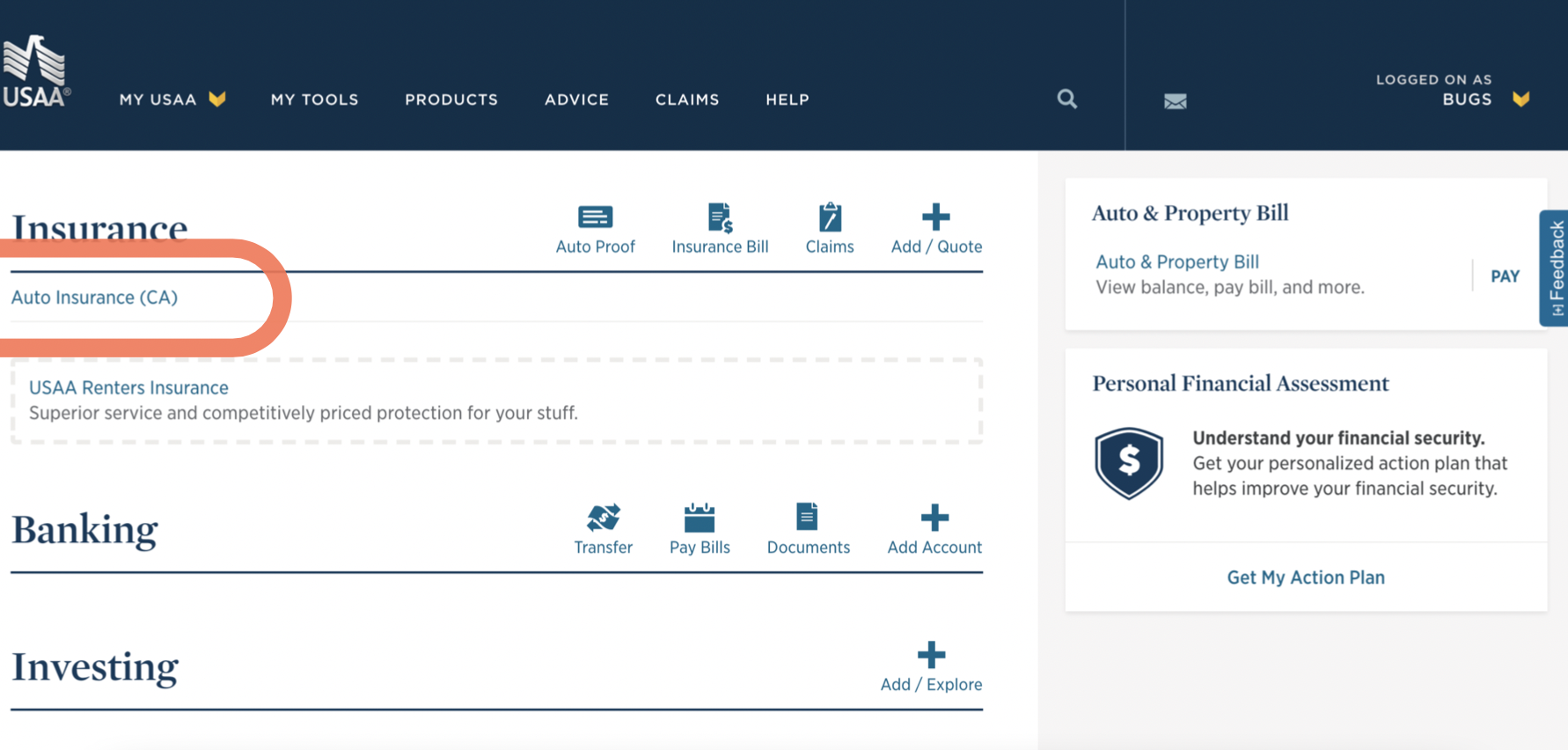What Does Home Insurance Coverage Not Cover?
" That Babe Ruth authorized baseball might be worth $5,000, however insurers will treat it like a normal $5 baseball," states Ashleigh C. Trent, cofounder of Tower Street Insurance in Dallas. If you stay in an area with a high risk of flooding, you can purchase flooding insurance policy via the government National Flooding Insurance policy Program (NFIP). One of the most basic sort of home insurance policy protection is the HO-1 plan, which only consists of residence protection. Insurer typically comply with the 80% policy, which specifies that a homeowner should buy protection for a minimum of 80% of your house's complete substitute worth, or they will certainly not be fully covered. The insurance company will certainly instead just compensate a proportional amount of the expenses.
- Here are 7 unexpected home owner's insurance voids-- and means to protect yourself.If a previous proprietor has actually made insurance policy claims on the property, review what the insurance claims were for.For example, if your city, county or state customizes building laws, you might find on your own in a setting where you need to bring some facet of your home or building up to code.You need to routinely assess the quantity your buildings insurance cover as rebuild prices have a tendency to climb over time.An insurer will certainly have an examiner pertained to your home to search for these kind of problems.

What Is Covered Under A Homeowners Insurance Policy?
Property owners insurance commonly covers your home's physical framework, individual belongings, and liability protection in instance someone obtains hurt on your home. Discover instances of what's covered and not covered in a homeowners insurance coverage. The complying with hazards are discovered under the exclusions area of every standard property owners insurance plan.
Damage from mold and mildew or other fungi, and problems of termites or other bugs are also not covered given that many property owners insurance policies take into consideration these the result of a lack of upkeep. While several of these risks can be secured versus with an endorsement (add-on coverage) some of these circumstances are not covered by the majority of home insurance companies. They're usually stopped by excellent home upkeep or they are considered as well high-risk for the insurer. We'll assess each of these things in detail to help you comprehend your home insurance click here coverage a little much better. Also if this protection is consisted of in your home insurance policy, wind damage can cost you. In 19 states and Washington, D.C., insurers may bill a special wind, named storm or storm insurance deductible.
What A Property Owners Policy Gives

Shield Your Building Today In Case Of Damages Tomorrow
Whether it is insects, termites, computer mice or any kind of various other kind of vermin, you will certainly more than likely not be reimbursed for the problems caused by the problem of these animals. Technically, invasions are worsened by a buildup over time, and the majority of insurer consider the removal of Click for more vermin and maintenance of your home a part of basic upkeep. As a standard, buildings-only insurance policy covers the bricks and mortar of your house, i.e. any building products, fittings and fixtures that can not be gotten rid of from the residential property without damaging it. Terraced houses and apartments are rated riskier, considering that floodings and fires can spread much more quickly. Older structures are likewise a lot more costly to insure-- particularly those built between 1850 and 1940-- since ageing frameworks are more likely to result in damages insurance claims.